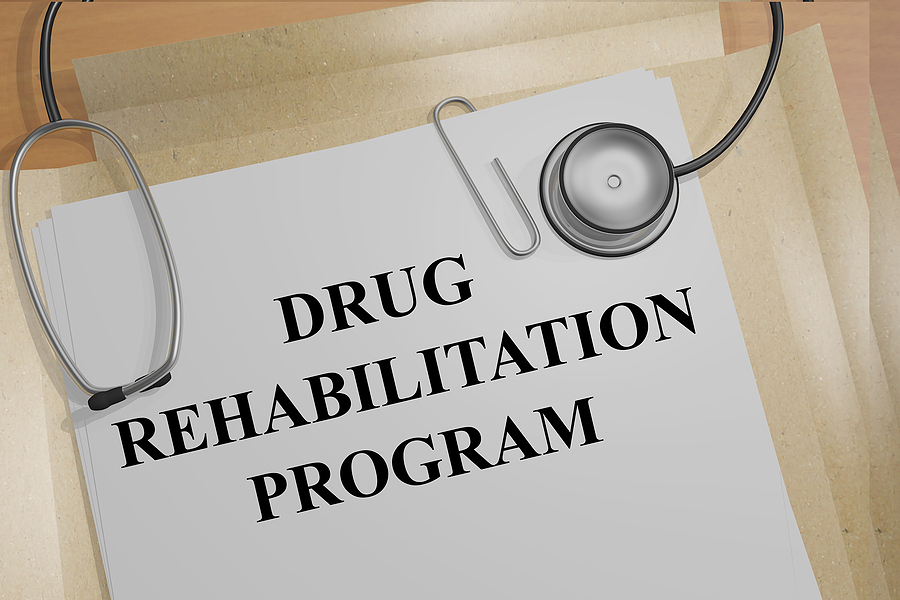The 12-step program is one of the most popular choices for treatment for substance abuse disorders and alcoholism. It has been around for nearly 100 years and is synonymous with the recovery process. Often, treatment centers simply refer to the program as the 12 steps. However, the 12-step program has really evolved over the years to become what it is today. In this article, we discuss the history of the 12 steps and how it is used today.
The History of 12-Step Programs
Bill Wilson and Dr. Robert Holbrook Smith started Alcoholics Anonymous in 1935 in Akron, Ohio. In 1946, the first version of the 12 steps, known as the Twelve Traditions, was created. Today, there are separate 12 steps and 12 traditions. Both are used in 12-step programs today. The 12 steps often refer to a person’s individual recovery, while the Twelve Traditions refer to a group’s governance.
When it was created, the Twelve Traditions and Alcoholics Anonymous were only for people who wanted to stop drinking alcohol. However, since then, it has been adapted to be used in many different pathologies, including substance abuse.
Religious Influences
In its original form, the 12-step program is heavily influenced by Christianity. The treatment modality focuses on building a connection to God as a way of finding the strength to overcome addiction. In fact, Bible study and Church attendance were mandatory parts of the program.
As the 12-step program evolved and changed over time, a form of the program that is less intertwined with religion emerged. While there is still a religious influence over the structure and content of the program, its influence has been significantly reduced. This opens up the program to everyone, regardless of their religious affiliation.
Expansion to Other Addictions
The 12-step program is synonymous with alcohol addiction recovery in a lot of ways. However, the 12-step program has separated from alcohol addiction treatment and found adoption in other types of addiction recovery. As this happens, many of the steps stay the same. The first step often sees the most change so that it more accurately reflects the needs of the group and a focus on recovery.
Many other forms of addiction treatment adopted a 12-step approach. Some of the most common options include:
- Anger management
- Eating/food addiction
- Sex addiction
- Gambling addiction
Nearly any addiction can be addressed with a program that uses the 12-step approach as a foundation. It generally requires some adjustment to make the system work. However, there are often groups willing to try to make the adjustments since the 12-step program has a reputation for successful addiction treatment.
Contact Serenity Treatment Center of Louisiana
At Serenity Treatment Center of Louisiana, we utilize the 12 steps as one of the treatment modalities we offer. It is evidence-based and has helped many people cope with their addictions and live a sober life. Contact the Serenity Treatment Center of Louisiana by calling us at (225) 361-8443 or filling out our online form to learn more.









